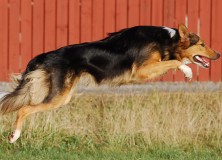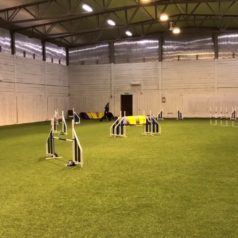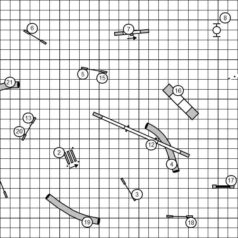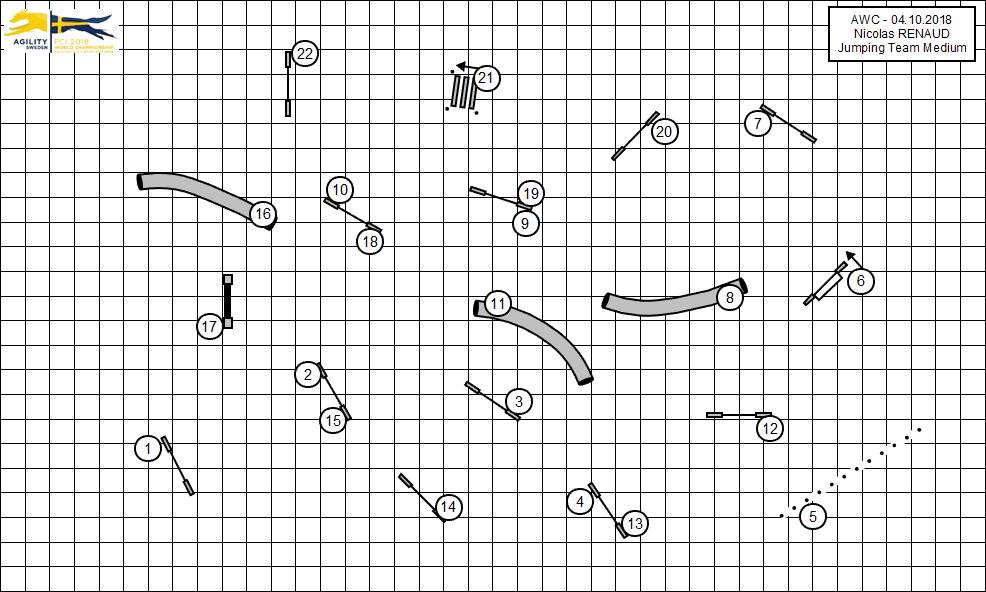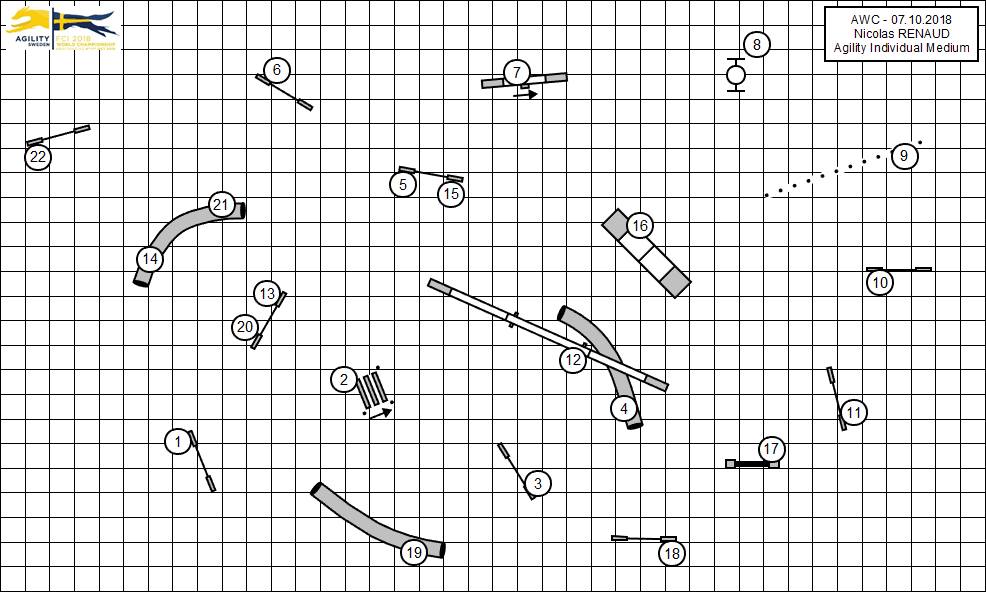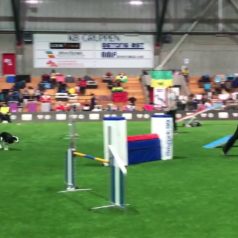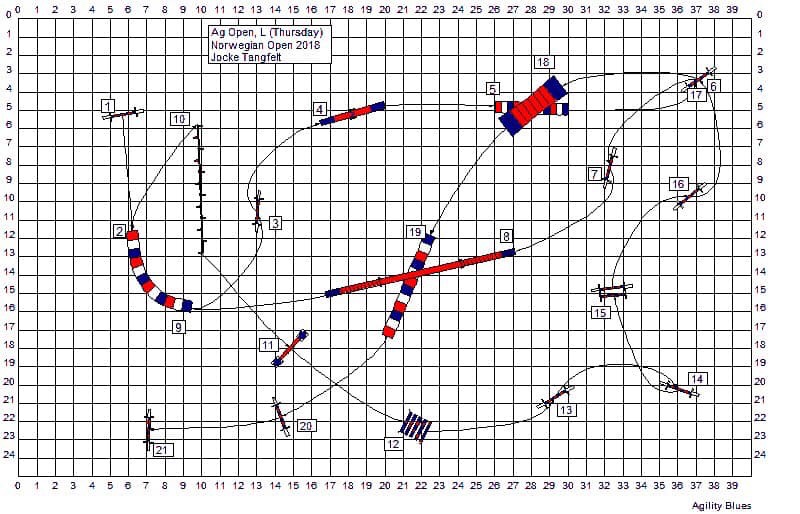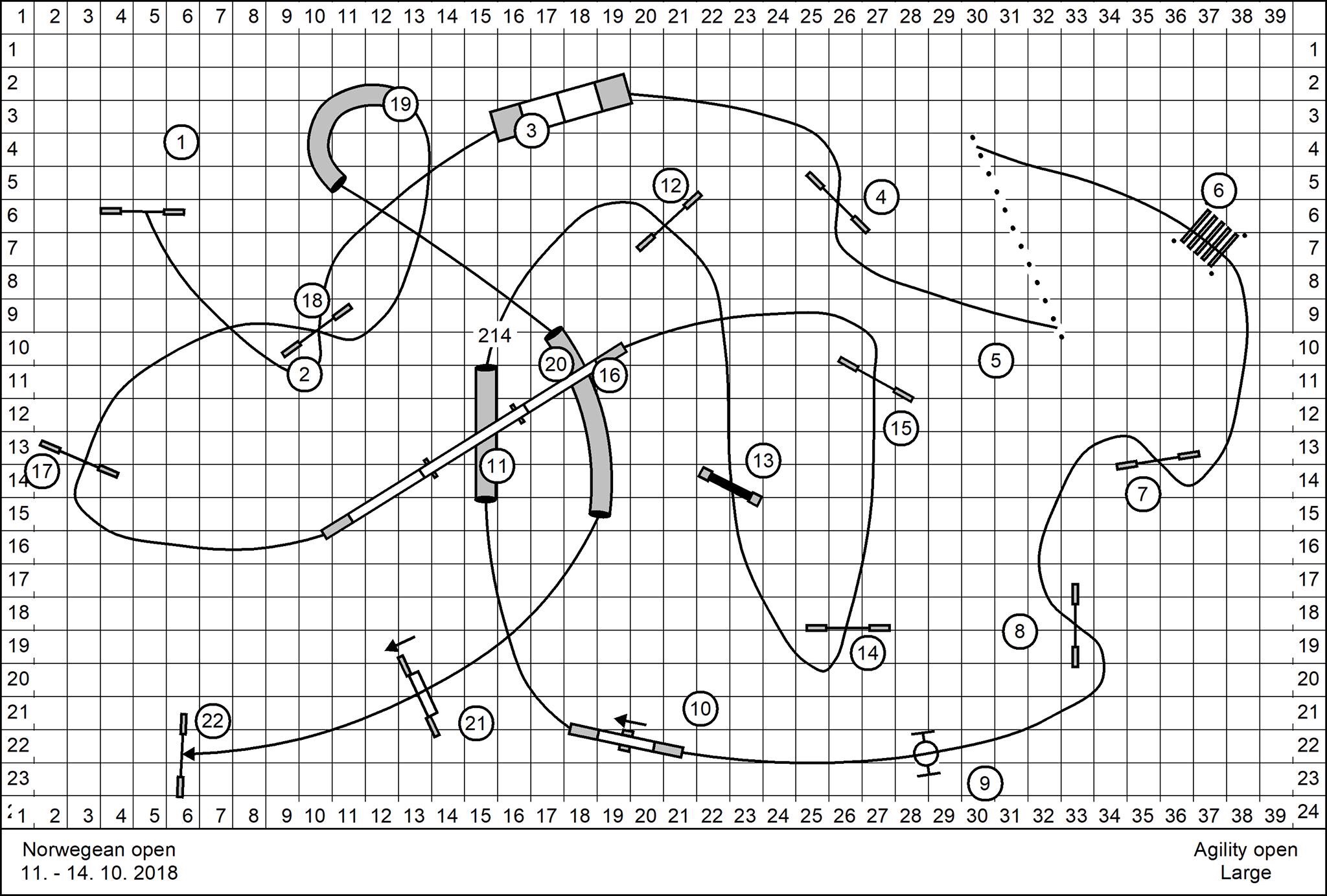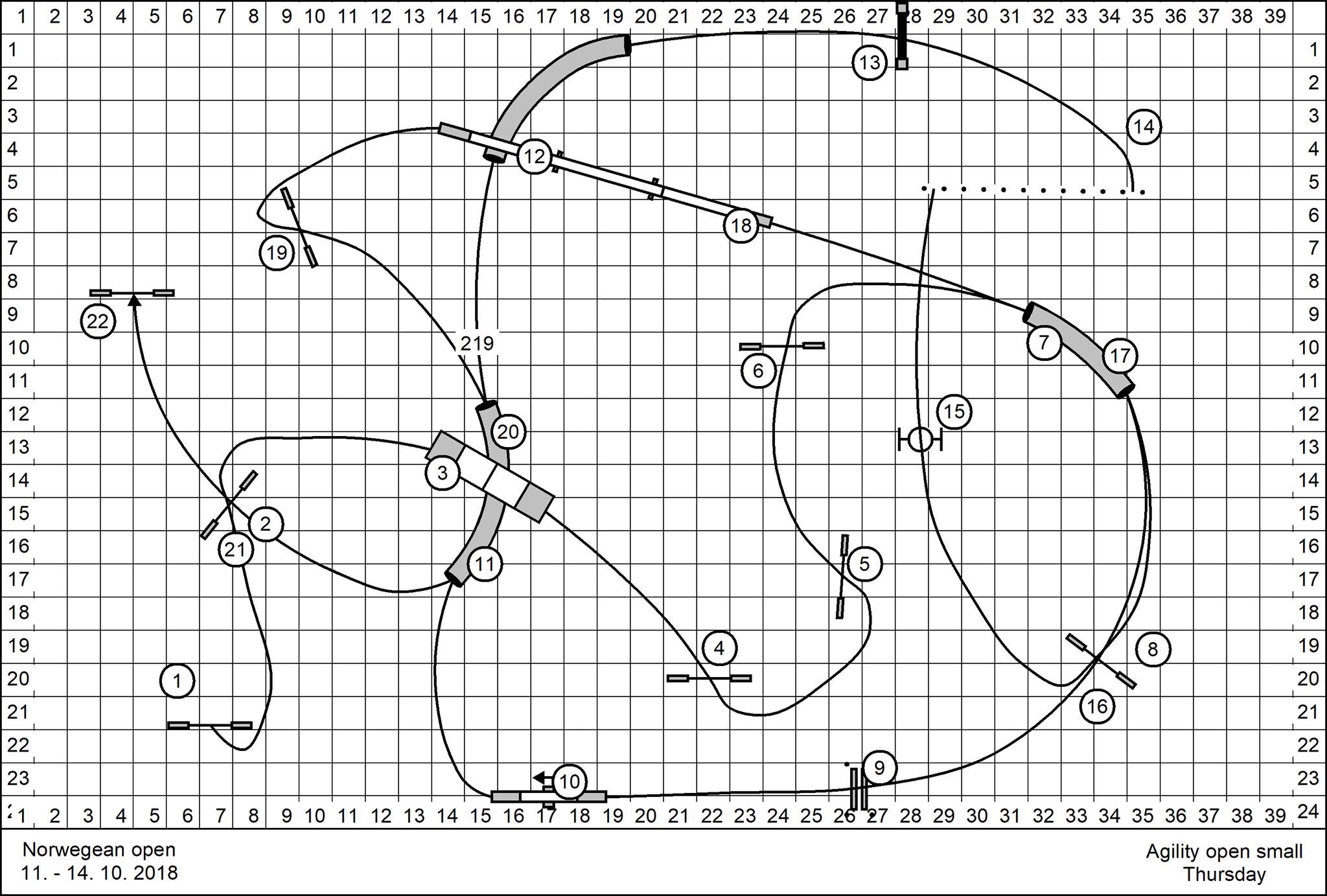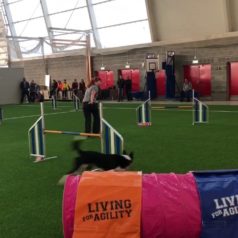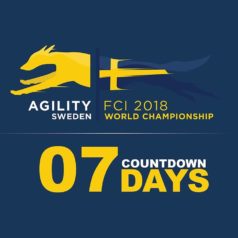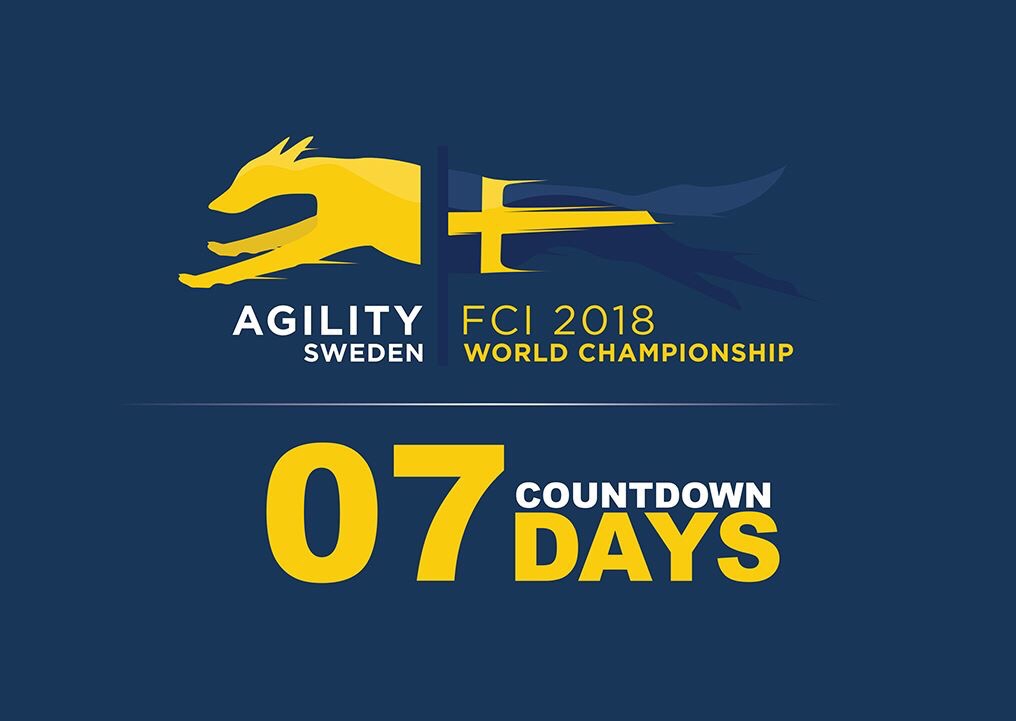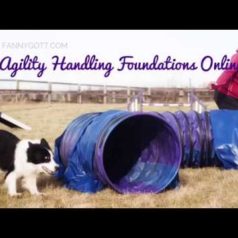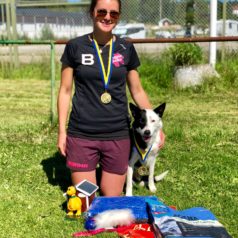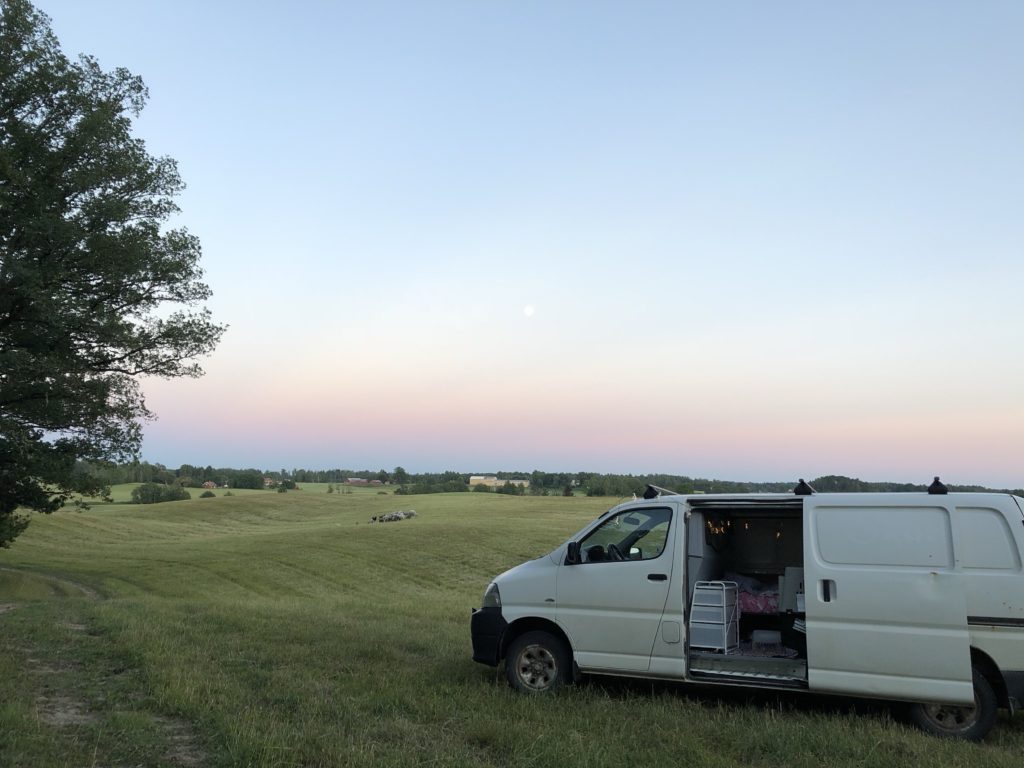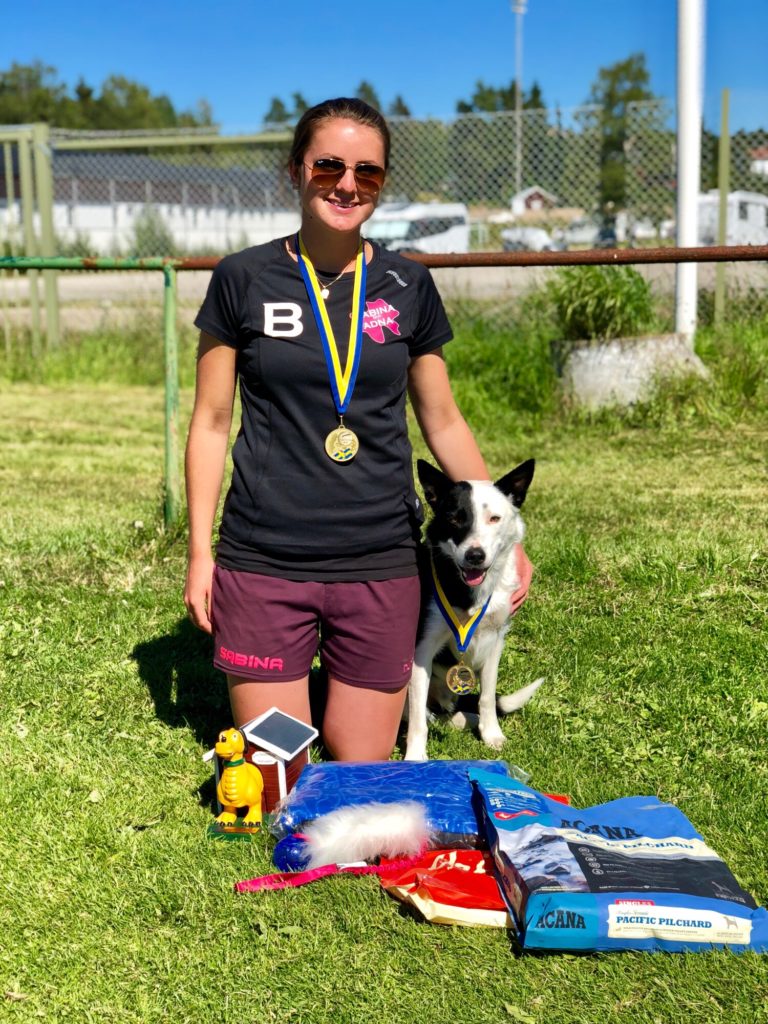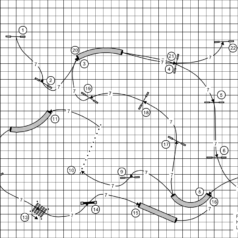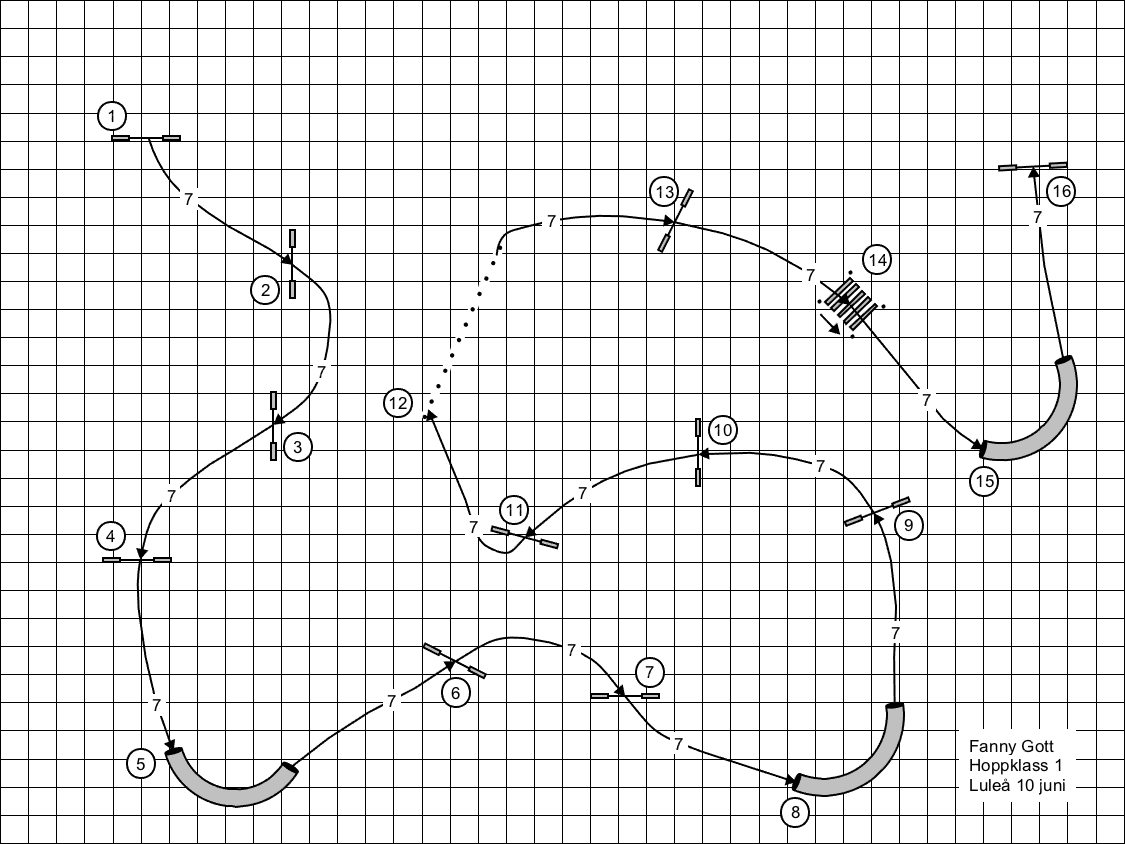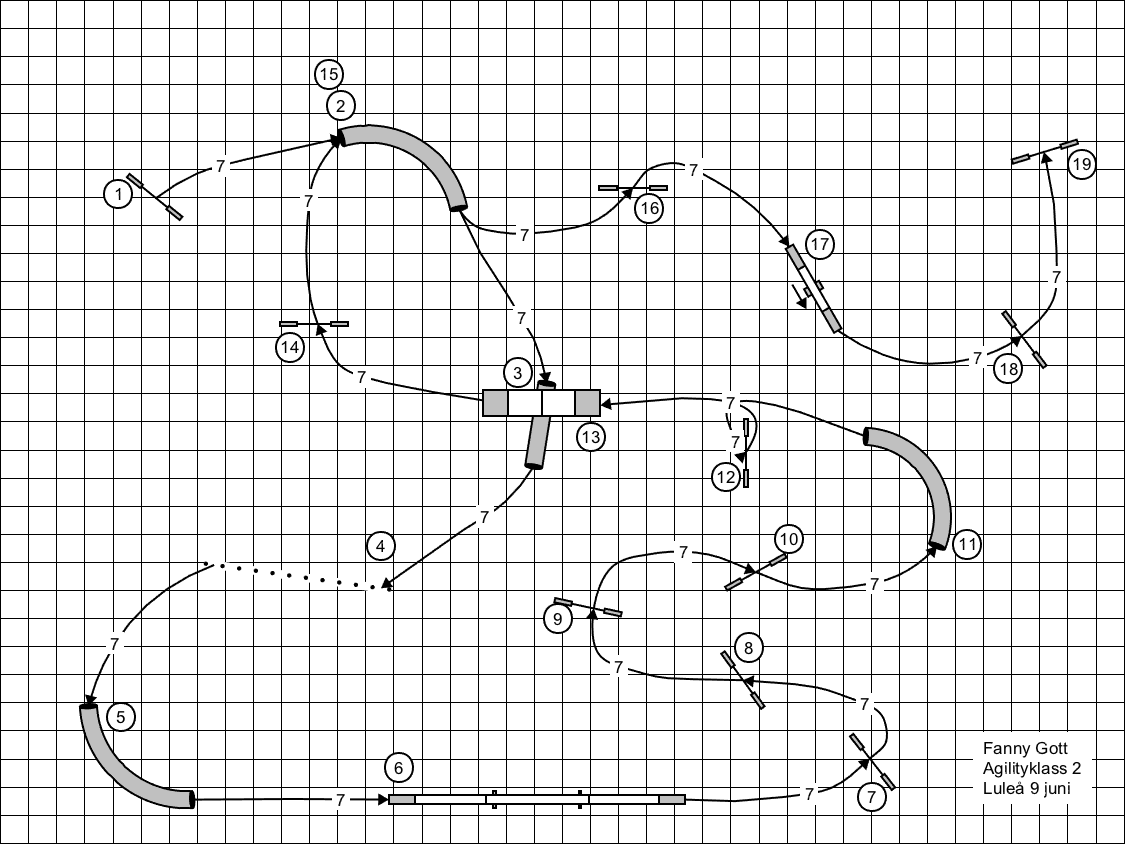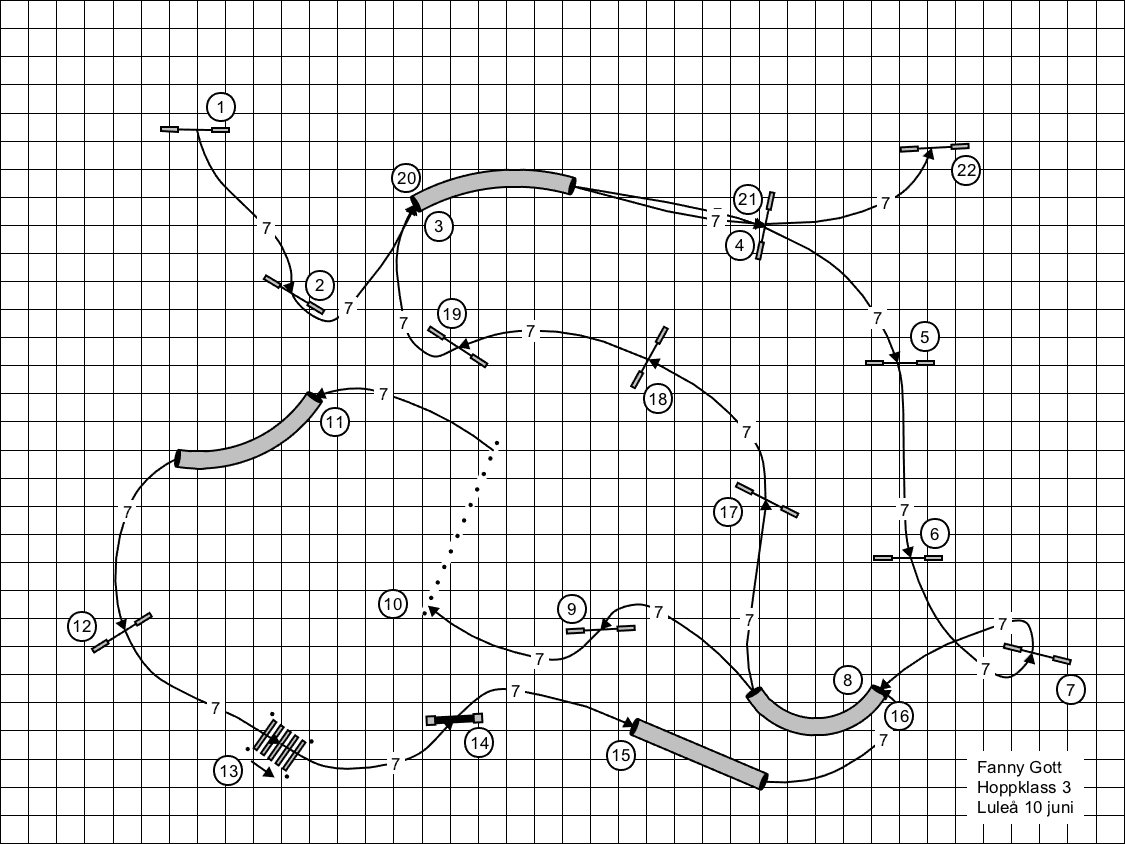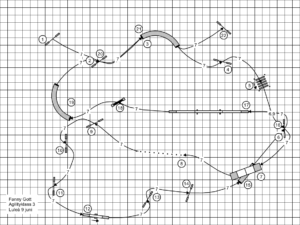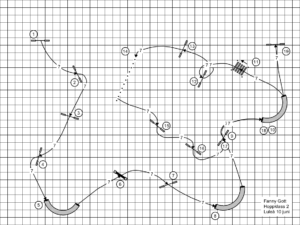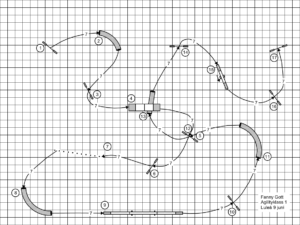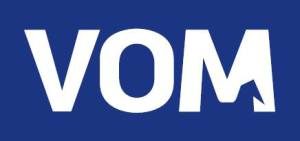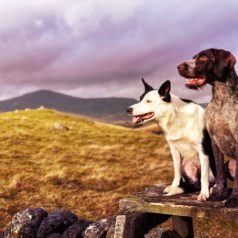
Looking back at 2018
Happy New Year! I hope you all had a good winter holiday. We sure did, but my dogs are eager to get back to more training. Spy and I have spent a lot of time sheepdog training, but other than that, we’ve been quite lazy over the holidays. New Years was special – Bud’s sister Ale had six puppies on the morning of January 1st, and we waited all night for her to get started. We’re expecting another litter this week – mother is Nicks, the red bitch I bought from Scotland four years ago – so we’ll have lots of puppies around the house in the coming months. Today, I want to quickly wrap up 2018 with a look back at what we did.
Squid (10 years old in September) qualified for Swedish National Championships and made it into the final, where we had an unfortunate refusal at the weaves. I think she ended on 9th place, which isn’t too bad for an almost 10-year-old dog, considering all the great dogs in Sweden. She was also quite competitive at HulaHopp – the biggest competition in Sweden last year. Since August, she’s been with a friend of mine where she’s begun a new career in rally obedience. Of course, she’s awesome at that too.
Epic (8 years old in August) had his worst year ever after rupturing the caudal cruciate ligament in his knee in February. He rested during spring, then started to get back in shape during summer and fall. We went for walks in the forest and spend the very hot summer swimming in the stream. He came back to agility competitions in November and has done great. He seems more consistent than ever and it’s really easy to run clean with him now, so I’m still hopeful that we’ll be able to qualify for nationals this year even though we’re very far behind.
Bud (4 years old in December) had a year that surpassed my expectations. With Epic injured, Bud had to step up and be my number one dog. He qualified for Swedish nationals and also got to run team at nationals with my friend Sabina. We did not do well in our individual runs, but Sabina and Bud had an amazing agility run in the team finals and won overall gold for team Hejjaklacken. I did not have any expectations for Bud at tryouts for the Swedish team (EO, AWC and Nordic Championships). On the second day, we had an agility run where everything worked great and he won the class, which was fantastic. To get a spot on the team, he needed a clean run with points in jumpers too. On the last day, we managed to get around Jan Egil’s jumpers course clean and actually got a spot in the Swedish team for EO and Nordic Championships. We had a lot of fun in Austria and Finland, although we were plagued by dropped bars in almost all runs. We’re already qualified for nationals next year and are now focusing on tryouts for both WAO and FCI championships.
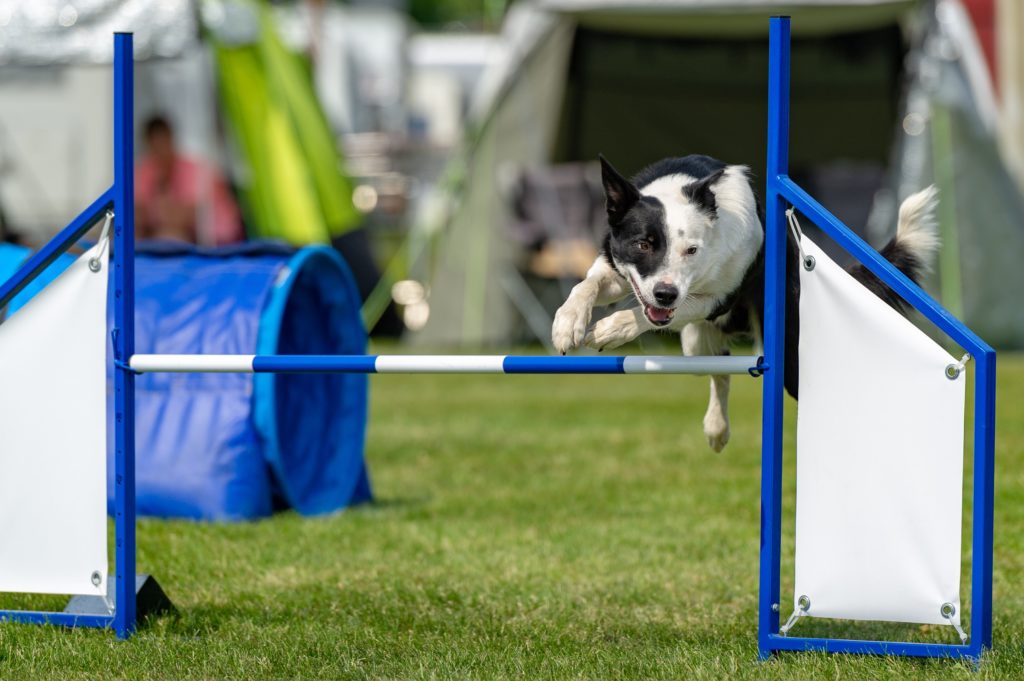
Spy (2 years old in April) has really come into her own this year. She’s now such a confident, happy and loving dog. She loves agility training and she’s finally happy enough about food to be able to start her running contacts training. She’s also made huge strides in her sheepdog training and passed the Swedish sheepdog working test in December. I look forward to both agility and sheepdog trials with her this year. She’ll probably also have a litter of puppies in late summer, and I think I want to keep a puppy from her. I haven’t had a puppy in four years and even then I didn’t really know I had a puppy until he was 5 months old, so I’m really excited about it right now. We’ll see how I feel this summer.
I’ve had an interesting year, where the biggest thing that happened probably is that I became an agility judge. I love judging, and now I really wish I had more weekends so that I could fit in teaching, competing with my dogs, and judging. I hope that I can combine judging with teaching and competing at least some of the time. We had two litters of puppies this spring, they are 9 months old now and look really nice so far. At the AWC in Sweden in October, I had a great time as one of the commentators on the live stream. At the end of October, Thomas and I packed the car full of dogs and drove to England and Scotland for a much-needed vacation together. Of course, our vacation involved a lot of (sheep)dog training and walks with the dogs. We had a great time!
Thomas has had a successful year with field trials for his German pointers and sheepdog trials with Volt and Holly. He’s working a lot in Norway and Denmark – mostly gundog training, He got another german pointer in spring, a bitch pup closely related to both Alot and Paxa, called Bob. With Kafka at 16 months and Bob at 10 months + border collie puppy Rey at 9 months, he’s got his hands full.
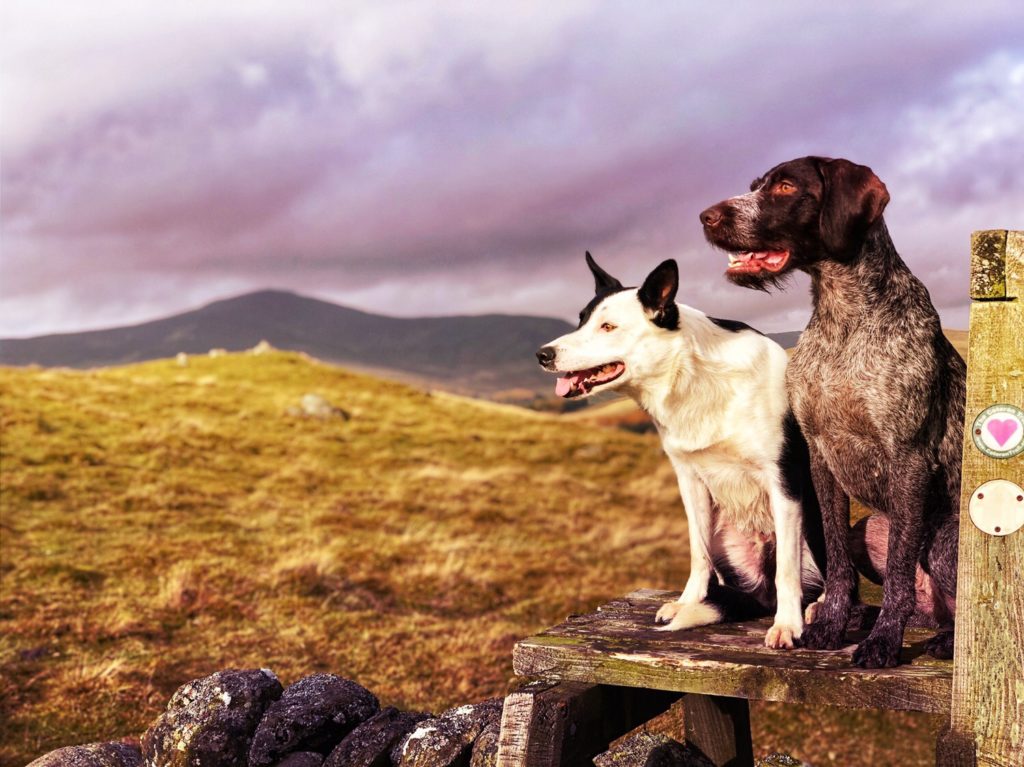
So – what will happen in 2019? I feel like I’m not really sure. My weekends seem to have booked themselves and I don’t really feel in control. Working, competing, judging and taking care of puppies. Just like last year. This year, I’m going into tryouts and championships with much higher expectations, but I’m not sure if I really feel more confident in our performance. I still feel like we’re both very close and very far away from where I want our performance to be. I’m really excited about agility with Spy this year. She just learned to weave a few months ago but doesn’t get it right in new environments all the time, so we definitely need work on that. And we have a lot of work to do with contacts, which we just started training. And then – maybe a puppy if it feels right.


